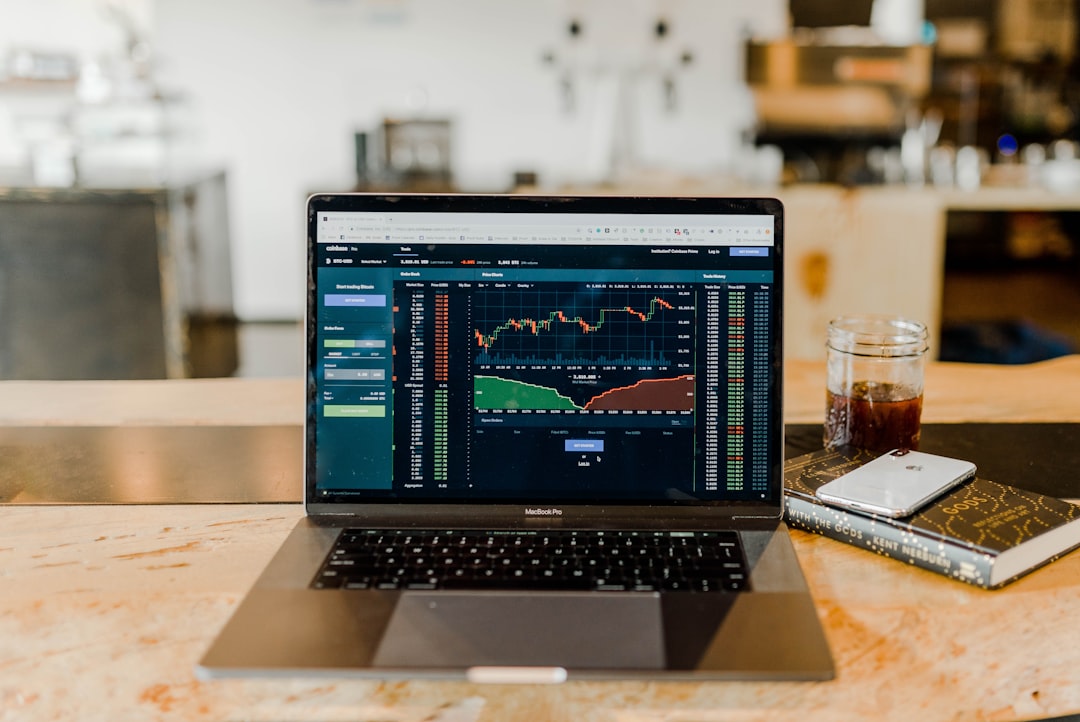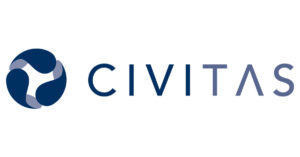Introduction
Following a tumultuous two-day sell-off driven by President Trump’s tariff announcements, BlackRock analysts now warn that market volatility could persist for “some time.” In a recent client note, strategists led by Jean Boivin emphasized the need for a shortened tactical horizon—now three months—to reduce risk exposure amid ongoing uncertainties from Trump’s historic tariff policies and the resulting market turbulence.
Key Takeaways
-
Persisting Volatility:
Investors remain cautious as U.S. stocks, particularly after a 10% slump in recent sessions, continue to experience elevated volatility. The VIX (fear gauge) has surged to levels not seen since the steep declines of March 2020. -
Tariff Uncertainty:
President Trump’s tariffs—which include a minimum of 10% on all U.S. imports and targeted rates up to 50%—are creating significant policy uncertainty. This uncertainty is expected to weigh on both U.S. and Chinese equities. -
Defensive Positioning:
BlackRock’s strategists are reducing exposure to U.S. and Chinese stocks and are shifting preference toward short-term Treasury securities as a refuge from market ructions. -
Shorter Tactical Horizon:
By shortening the tactical horizon to three months, BlackRock is placing greater emphasis on the risks associated with persistent uncertainty—warning that risk assets will likely remain under pressure until market clarity improves.
In-Depth Analysis
Market Volatility and Tariff Uncertainty
Recent trading sessions have underscored the market’s fragile state. The unpredictable nature of President Trump’s tariff policies has significantly contributed to investor anxiety. As risk sentiment deteriorates, the VIX has soared—reminding us of volatility levels last seen during the COVID-19 market crash in March 2020.
Analysts at BlackRock suggest that unless there is a meaningful resolution or policy support that reduces these trade uncertainties, the sell-off could continue. The increasing likelihood that these tariffs, with rates ranging from 10% to 50% on U.S. imports, will remain in effect for an extended period is a major contributor to the cautious stance among investors.
Defensive Investment Strategies
In light of the current risks, BlackRock is advocating for a defensive portfolio tilt. By reducing exposure to volatile U.S. and Chinese equities, investors can mitigate some of the adverse impacts of tariff-induced uncertainty. In parallel, short-term U.S. Treasury securities are emerging as attractive alternatives that may provide a buffer against further market declines.
Shortening the Tactical Horizon
A key part of BlackRock’s strategy is to shorten the tactical investment horizon to three months. This approach emphasizes a focus on near-term risks rather than long-term growth prospects in an uncertain environment. By doing so, investors can more dynamically adjust their portfolios as soon as the market begins to receive clearer signals regarding the outcome of tariff policies and economic stability.
Real-Time Data Insights
For investors seeking to track developments in market volatility and currency dynamics during this uncertain period, consider the following APIs:
-
Forex Daily API
Use this API to monitor real-time movements in major currencies, which can offer insights into how global market sentiment and tariff policies are influencing exchange rates. -
Ratios (TTM) API
Analyze current valuation metrics and risk asset performance across sectors. This data can help inform decisions on when to reduce equity exposure and increase defensive holdings.
Conclusion
BlackRock’s recent note highlights that despite a brief market rebound, volatility is likely to persist as long as uncertainty over Trump’s tariff policies remains unresolved. With investors advised to reduce equity exposure and favor short-term Treasuries, the emphasis is on a defensive stance until clearer policy direction emerges. The market could remain in a state of flux, with a three-month tactical horizon suggested as a prudent period for monitoring changes.




